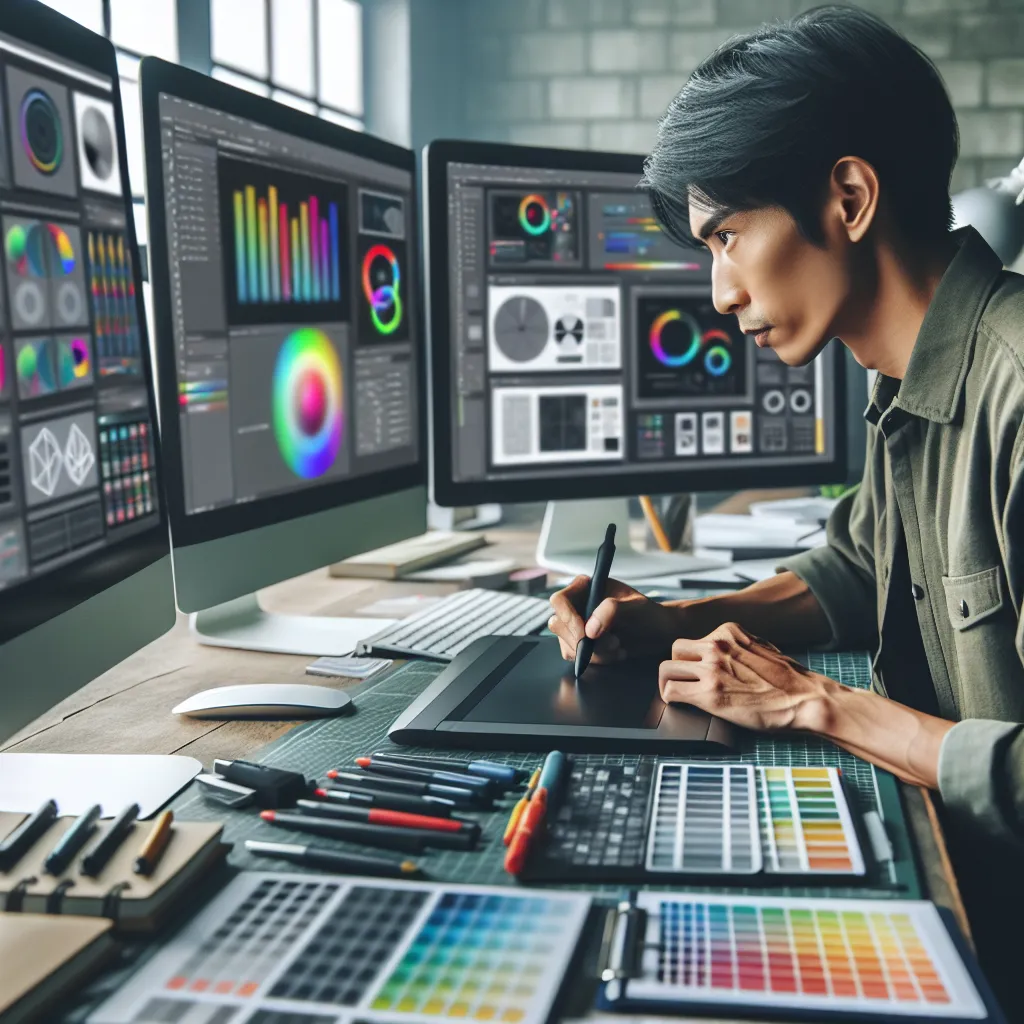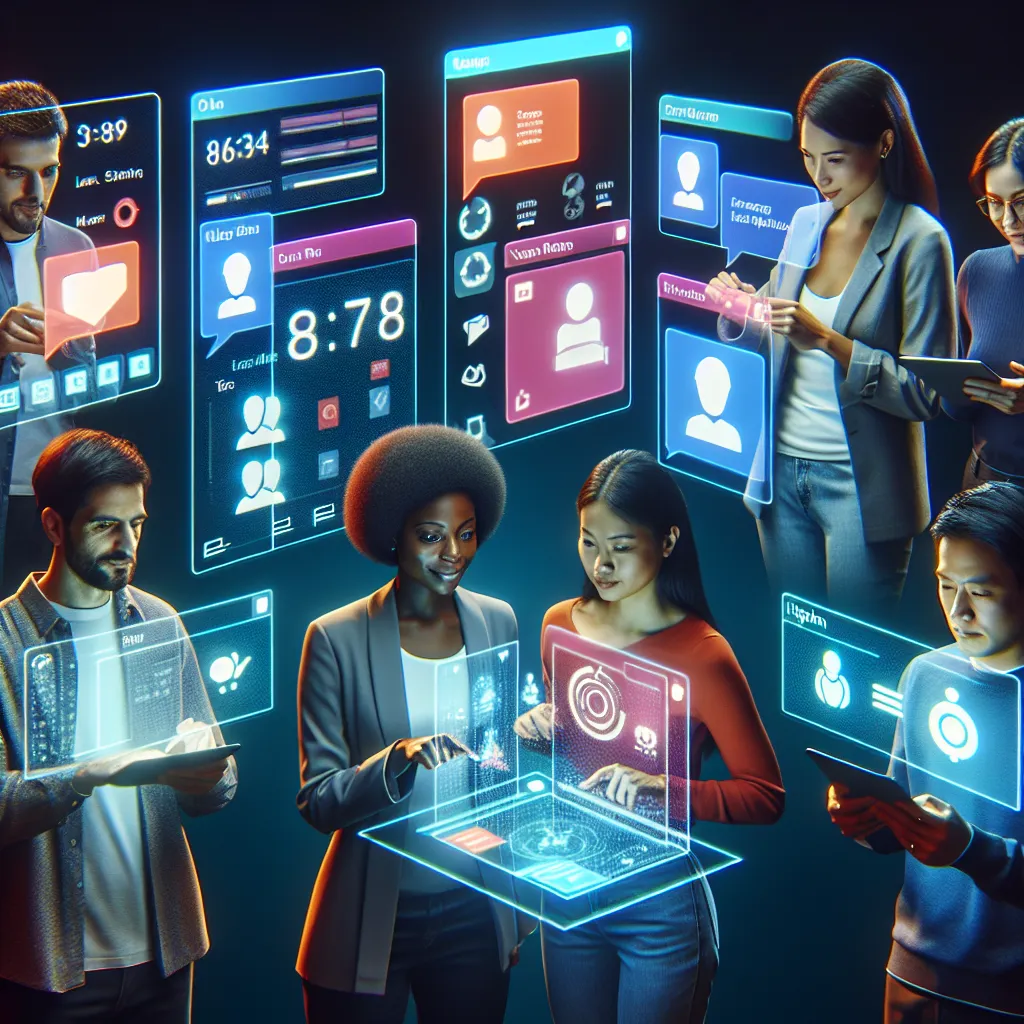The IELTS Reading section is a crucial component of the test, assessing your ability to comprehend complex texts and extract relevant information. Today, we’ll focus on a topic that has become increasingly prevalent in recent years: “The role of social media in shaping cultural trends.” This subject has appeared in various forms in past IELTS exams and, given its ongoing relevance, is likely to resurface in future tests.
Nội dung bài viết
Based on our analysis of past IELTS exams and current global trends, we predict that this topic will continue to be a popular choice for Reading passages. Its significance in our daily lives and its impact on society make it an ideal subject for testing critical reading and comprehension skills.
Let’s dive into a practice Reading passage on this topic, followed by questions and a detailed analysis to help you prepare for your IELTS exam.
Reading Passage
The Digital Cultural Revolution: How Social Media Shapes Modern Trends
Social media platforms have become an integral part of our daily lives, fundamentally altering the way we communicate, share information, and interact with the world around us. These digital spaces have evolved into powerful tools that not only reflect existing cultural trends but actively shape and create new ones. The impact of social media on cultural dynamics is profound and multifaceted, influencing everything from fashion and language to political movements and social norms.
One of the most significant ways social media affects cultural trends is through its ability to rapidly disseminate information and ideas. In the past, cultural shifts often took years or even decades to spread globally. Today, a new fashion trend, a catchy phrase, or a political idea can go viral within hours, reaching millions of people across the world. This accelerated pace of cultural exchange has led to a more dynamic and fast-moving cultural landscape, where trends can emerge, peak, and fade away in a matter of weeks.
The democratization of content creation is another crucial aspect of social media’s influence on culture. Platforms like YouTube, Instagram, and TikTok have given individuals the power to create and share content with a global audience, bypassing traditional gatekeepers of culture such as mainstream media and established institutions. This has led to a more diverse range of voices and perspectives shaping cultural narratives, allowing subcultures and niche interests to gain mainstream attention.
However, the role of social media in cultural trend-setting is not without its controversies. Critics argue that the algorithms used by these platforms to promote content can create echo chambers, reinforcing existing beliefs and potentially limiting exposure to diverse viewpoints. There are also concerns about the authenticity of trends on social media, with some arguing that the pressure to gain likes and followers can lead to manufactured or superficial cultural phenomena.
Despite these challenges, it’s undeniable that social media has become a powerful force in shaping modern culture. Its influence extends beyond mere trend-setting, affecting how we form our identities, engage in political discourse, and even how we perceive reality. As social media continues to evolve, its role in shaping cultural trends is likely to become even more significant, presenting both opportunities and challenges for individuals and societies alike.
 Social media shaping cultural trends
Social media shaping cultural trends
Questions
True/False/Not Given
- Social media has accelerated the spread of cultural trends globally.
- Traditional media no longer plays a role in shaping cultural trends.
- Social media platforms have democratized content creation.
- All cultural trends on social media are authentic and organic.
- The influence of social media on culture is limited to fashion and language.
Multiple Choice
-
According to the passage, social media’s impact on cultural trends is:
A) Minimal and overrated
B) Significant but largely negative
C) Profound and multifaceted
D) Limited to younger generations -
The text suggests that social media algorithms can:
A) Always provide a balanced view of different cultures
B) Potentially create echo chambers
C) Eliminate all forms of cultural bias
D) Only promote positive cultural trends
Matching Headings
Match the following headings to the paragraphs in the passage. There are more headings than paragraphs, so you will not use all of them.
- Paragraph 2
- Paragraph 3
- Paragraph 4
Headings:
A) The speed of cultural exchange in the digital age
B) Social media’s role in political movements
C) Democratization of content creation
D) Challenges and criticisms of social media’s influence
E) The future of social media and culture
F) Traditional media vs. social media
Short Answer Questions
Answer the following questions using NO MORE THAN THREE WORDS from the passage for each answer.
- What type of cultural landscape has emerged due to social media’s influence?
- Which traditional cultural gatekeepers have been bypassed by social media platforms?
- What do critics argue that social media algorithms can create?
Answer Key and Explanations
-
True – The passage states: “Today, a new fashion trend, a catchy phrase, or a political idea can go viral within hours, reaching millions of people across the world.”
-
Not Given – The passage doesn’t explicitly state whether traditional media still plays a role in shaping cultural trends.
-
True – The text mentions: “Platforms like YouTube, Instagram, and TikTok have given individuals the power to create and share content with a global audience.”
-
False – The passage states: “There are also concerns about the authenticity of trends on social media, with some arguing that the pressure to gain likes and followers can lead to manufactured or superficial cultural phenomena.”
-
False – The passage indicates that social media’s influence extends beyond fashion and language, affecting “everything from fashion and language to political movements and social norms.”
-
C – The passage describes social media’s impact as “profound and multifaceted” in the first paragraph.
-
B – The text states: “Critics argue that the algorithms used by these platforms to promote content can create echo chambers.”
-
A – This paragraph discusses how social media has accelerated the spread of cultural trends.
-
C – This paragraph focuses on how social media platforms have allowed individuals to create and share content, bypassing traditional gatekeepers.
-
D – This paragraph discusses criticisms and challenges associated with social media’s influence on cultural trends.
-
dynamic and fast-moving
-
mainstream media
-
echo chambers
Common Mistakes to Avoid
-
Overlooking key phrases: Pay attention to qualifiers like “some,” “often,” or “can,” which may change the meaning of a statement.
-
Making assumptions: Stick to the information provided in the text. Don’t bring in outside knowledge or make inferences beyond what’s stated.
-
Misinterpreting “Not Given”: Remember, “Not Given” means the information isn’t present in the text, not that it’s false.
-
Rushing through the passage: Take time to understand the main ideas and structure of the text before attempting the questions.
-
Ignoring context: Consider the overall message and tone of the passage when answering questions, especially for True/False/Not Given questions.
Vocabulary
- Integral (adjective) – /ɪnˈteɡrəl/ – Essential or fundamental
- Multifaceted (adjective) – /ˌmʌltɪˈfæsɪtɪd/ – Having many different aspects or features
- Disseminate (verb) – /dɪˈsemɪneɪt/ – Spread or disperse (information) widely
- Democratization (noun) – /dɪˌmɒkrətaɪˈzeɪʃən/ – The action of making something accessible to everyone
- Gatekeepers (noun) – /ˈɡeɪtkiːpəz/ – People or things that control access to something
- Echo chambers (noun) – /ˈekəʊ ˌtʃeɪmbəz/ – Environments where a person only encounters opinions that coincide with their own
Grammar Points
-
Present Perfect Continuous: “Social media platforms have become an integral part of our daily lives” – Used to emphasize the ongoing nature and current relevance of an action that started in the past.
-
Comparative structures: “In the past, cultural shifts often took years or even decades to spread globally. Today, a new fashion trend… can go viral within hours” – Used to contrast past and present situations.
-
Passive voice: “Critics argue that the algorithms used by these platforms to promote content can create echo chambers” – Used to emphasize the action rather than the actor.
Tips for High Scores in IELTS Reading
-
Practice active reading: Engage with the text by underlining key points and making mental summaries as you read.
-
Improve your vocabulary: Regularly learn new words and their contextual usage to better understand complex texts.
-
Time management: Allocate your time wisely between reading the passage and answering questions. Don’t spend too long on any single question.
-
Skim and scan effectively: Use these techniques to quickly locate specific information in the text.
-
Read the instructions carefully: Ensure you understand what each question is asking before attempting to answer.
-
Use the process of elimination: For multiple-choice questions, cross out options you know are incorrect to increase your chances of selecting the right answer.
-
Practice regularly: Familiarity with different question types and passage structures will improve your speed and accuracy.
By following these tips and practicing consistently, you’ll be well-prepared to tackle the IELTS Reading section confidently. Remember, understanding the nuances of language and improving your critical reading skills are key to achieving a high score.
For more practice on related topics, check out our articles on how to promote cultural diversity in a digital age and the influence of mass media on public perception.


